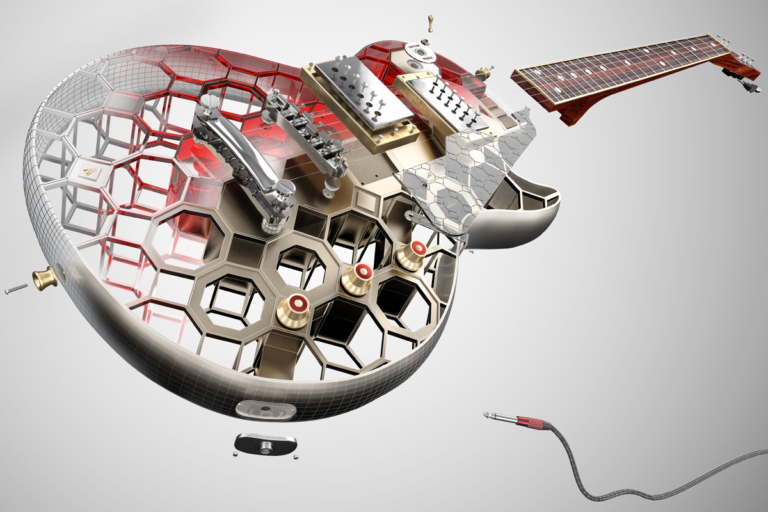eTransmit With Exploded AECC Objects
You have your drawings all ready to go, you email the drawing to your client and they only receive bits and pieces of your drawing. Your client is telling you that there are broken references, missing SHX files and detected Aecc objects, just to list a few issues with the drawing. What does all this mean and how can you get your perfect drawing to your client?

- Save your drawing.
- On the Application Menu , click Send, click eTransmit.
- In the Create Transmittal dialog box, click Transmittal Setups.
- Then, click New and name it AutoCAD 2010 with Exploded AECC objects to distinguish the AutoCAD version and the condition the AECC objects are in.
- Click Continue.
- Note that it is a good idea to create multiple setups to quickly eTransmit in different formats.
- In the Modify Transmittal Setup, for the File format, select AutoCAD 2010 Drawing Format with Exploded AEC Objects. Click OK.
- Click Close.
- Finally, you will see all the items in the Files Tree tab. Click OK. Select the location where the eTransmit zip file should be saved and click Save.
- Attach this Zip file to your email and you will have a happy client.
This process will gather all essential materials attached to your drawing and enable your client to see your work. Enjoy!








